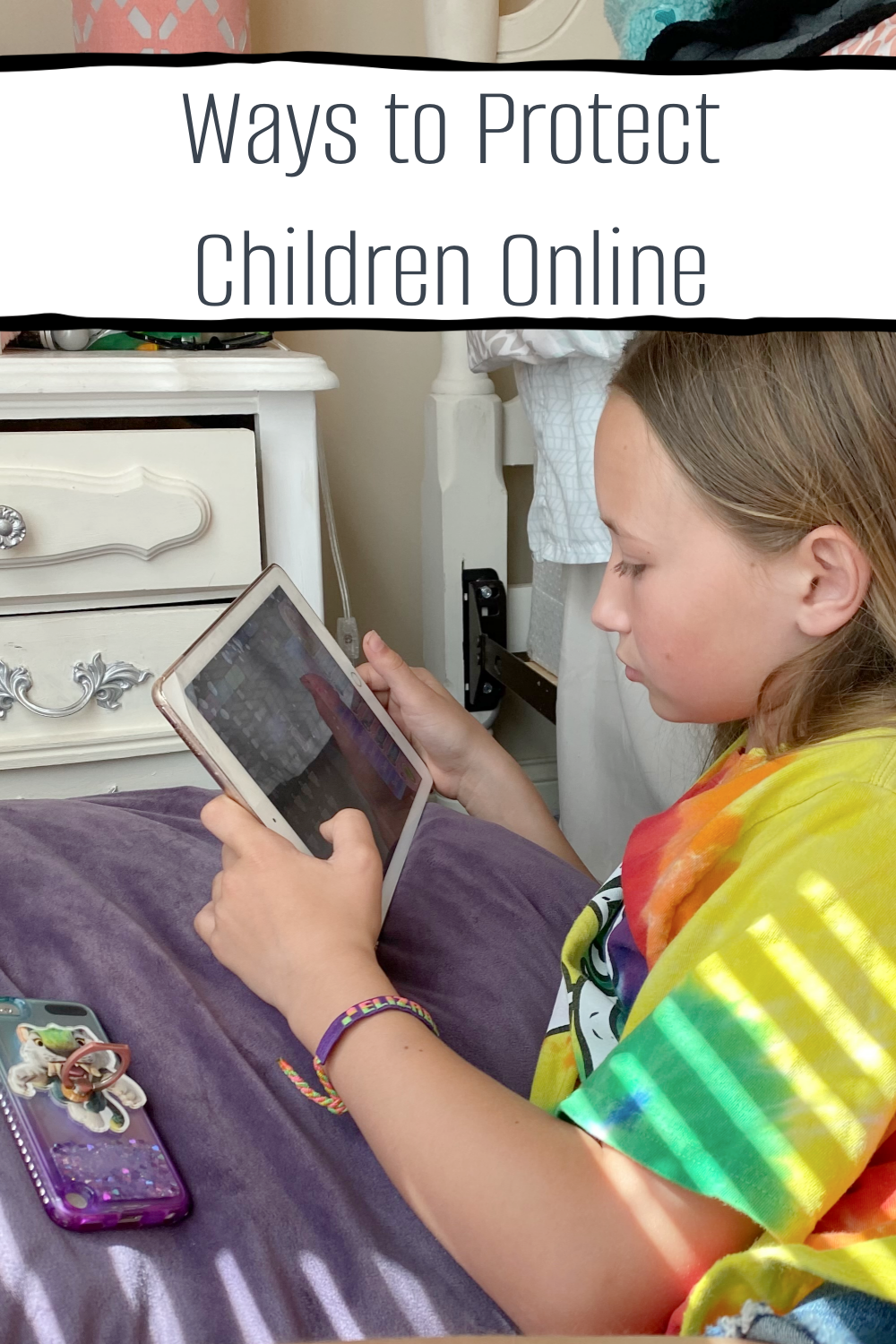Such alarming figures have led to various awareness programs that aim to promote better eating habits in children all over the world. You may be wondering, how exactly do awareness programs help with this advocacy? Here’s a quick overview on the methods used by awareness programs to teach children about proper healthy eating habits.
Promoting Healthy Eating In Schools
Similarly, school cafeterias can put those lessons into practice by serving healthy meal options for kids to try out. Schools can even start a grow-your-own-food initiative to empower students to cultivate their own fruits and vegetables, which can inspire in them an appreciation for fresh and healthy foods.
In addition, school awareness programs can also utilize items such as shirts or custom wristbands that contain positive messaging about the importance of a healthy diet. This can remind children to always be mindful of their own eating habits. Students can also be encouraged to wear them for nutrition- related programs, such as during National Nutrition Month activities, to further raise awareness.
Involving Parents in Improving their Children’s Eating Habits
Through awareness programs, parents are also encouraged to attend workshops, subscribe to newsletters, and participate in informational sessions that educate them on how to put nutrition at the forefront of their meal planning. These programs often promote collective participation as well through family cooking classes or nutrition challenges to make all family members feel more invested and involved in the initiative to eat healthy.
Utilizing Interactive and Engaging Methods
For instance, food charts that provide an example of a balanced diet or infographics that detail the nutritional value of various foods are often depicted with as much color and images as possible. Doing so makes the information much more visually appealing for children and also makes it easier for them to remember what they’ve learned.
Active participation is also key in awareness programs. Hence, some programs may have children brainstorm their own healthy snacks or arrange a trip to the farmers’ market to let children appreciate locally grown produce as well as meet the people in their community who cultivated them. The more fun and interactive the program is, the more likely it is that children will be encouraged to build healthy eating habits.
Using Media and Technology to Bolster Nutritional Awareness
With the guidance of their parents, kids can also explore family-friendly vlogs or social media pages where they can get ideas for delicious and healthy snacks to try out. Both parent and child can then make those snacks together, which also creates an opportunity for a fun bonding experience. Moreover, kids may participate in healthy eating challenges found online to encourage them to stay on the right track when it comes to making healthy meal choices.
Promoting healthy eating habits among children requires the joint effort of schools, parents, and digital platforms to ensure that those habits are indeed reinforced and practiced regularly. Awareness programs are created to bridge the gap among those areas and to provide a more holistic approach to teaching children about nutrition. Thanks to these engaging and interactive programs, children can get a deeper understanding of the importance of nutrition and thus continue building a healthy lifestyle as they grow.








Great information! Thanks for sharing.
ReplyDeleteThanks for sharing this information.
ReplyDelete